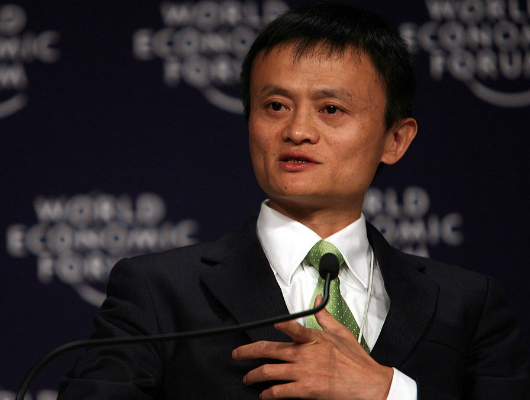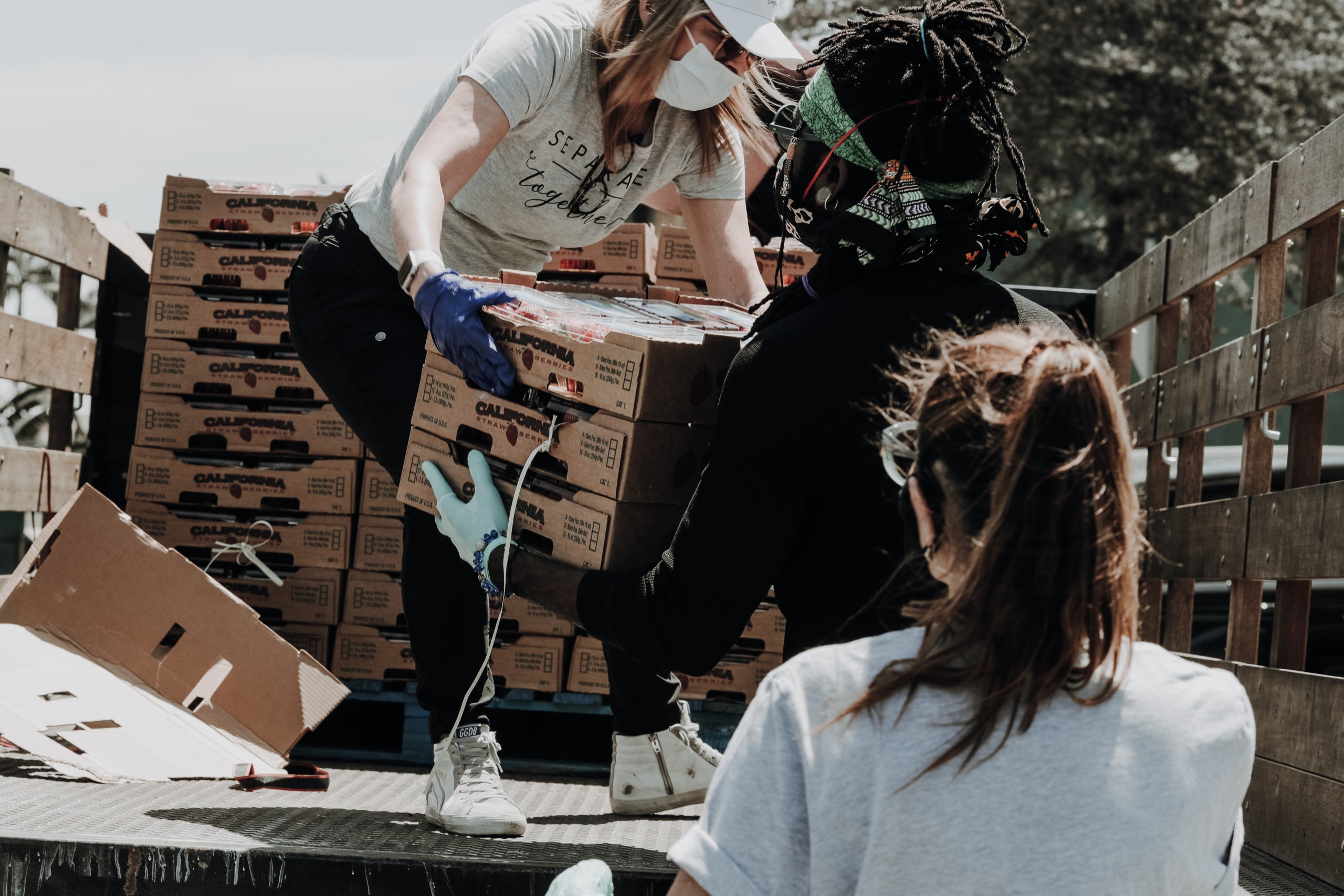 For more than 75 years, Christian Aid has provided an immense amount of support for poor communities on a worldwide scale, while highlighting the injustices those living in poverty are subjected to. Through working with local partners, Christian Aid ensures that it supports the fight against poverty by responding to humanitarian emergencies, campaigning for global change and enabling people to gain access to vital services.
For more than 75 years, Christian Aid has provided an immense amount of support for poor communities on a worldwide scale, while highlighting the injustices those living in poverty are subjected to. Through working with local partners, Christian Aid ensures that it supports the fight against poverty by responding to humanitarian emergencies, campaigning for global change and enabling people to gain access to vital services.
Christian Aid’s Mission for a Fairer World for All
Christian Aid as a charity believes that unequal distribution of power and inequalities amongst genders are the root cause of poverty and therefore, most of the charity’s work centers around fighting against this.
Through pressing local, national and international governments worldwide, Christian Aid ensures that policies and laws are implemented that support the eradication of poverty. Furthermore, the charity also works with churches and religious institutions to challenge intolerance and promote equal treatment for all.
Esther’s Story
An example of the work that Christian Aid does to fight poverty is displayed through a lady named Esther, who at one stage struggled to support her own family due to not being able to secure a fair price for her crop.
For 10 years Esther grew pigeon peas on a small farm, struggling to make a living and to make ends meet, the situation only worsened when, in 2021, a cyclone destroyed all the crops on the farm.
On the brink of losing all hope of being able to support her daughter’s future, Esther decided to join a Pigeon Pea program, run by a local partner, the Nandolo Farmers Association. The program helped by supporting Esther to run the Pigeon Pea business as she was then able to start selling the crops as part of a co-operative, which enabled Esther to provide a good income to support her family.
Esther herself states, “I was able to sell the pigeon peas at a better price with a better market” she explains. It provided financial stability.”
By growing the pigeon peas, alongside the support of the Nandolo Farmers Association and through the work Christian Aid does to fight poverty, Esther was able to feed her family and support her daughters, as well as buy tools for her son, Zinowe’s carpentry business.
Esther also acquired a herd of 13 goats that provide manure for the crops which saves a huge expense on fertilizer, as well as a sewing machine and a warehouse that prevents the pigeon peas from being damaged by floods and storms.
Supporting the Youth Affected by Conflict in Syria
Further to supporting developing countries, Christian Aid also addresses areas that are affected by the turmoil and aftermath of war. Through funding provided by the European Union, alongside local partners in Syria, Christian Aid implemented a 4.5-year “education and resilience project” to address the challenges faced in war-torn Syria.
This program ensured that young people who were impacted greatly by war could access a safe education, which meant that there would be less chance of young people becoming vulnerable to joining armed groups.
Between October 2017 and March 2022, the work Christian Aid did to fight poverty meant that 26,804 young people between the ages of 12 and 35 years in Northwest Syria were provided with education, psychological support, vocational training, including specialized nursing courses, first response training and opportunities to get involved in community projects.
Furthermore, Patrick Watt, currently the chief executive of Christian Aid, spoke to the “Church Times” for an interview about why he is so passionate about the role. He states, “I was attracted by the ethos and grounding in the gospel message of love and hope at Christian aid” and furthers this by talking about the “depth of engagement from our supporters.” “People who give to us take campaign actions, pray for our work, and feel a genuine ownership of what we do, often spanning multiple generations.”
During 2023’s Christian Aid week, the area of focus was Malawi, where “the costs of everyday essentials such as food and fuel are going up and up” with farmers being “exploited by big companies.” In order to gather support across the world, Christian Aid encouraged schools, organizations and churches to take part in the “Big Pea Challenge,” which took place between May 14 to 20.
Part of the challenge included growing and selling plants, hosting a pea supper and fundraising, this is due to Christian Aid’s work in the region, whereby “farmers and communities are working with Christian Aid to form cooperatives to secure a fairer price, boost the quality of the seeds they use, adding value by baking and selling bread made from pea flour, and building warehouses to keep peas safe from weather events.” In total, the challenge raised $101,155 and had a total of 6,532 supporters across the world, thus demonstrating the power of collective efforts.
Final Thoughts
Therefore, the work carried out by Christian aid to fight for the eradication of poverty, is invaluable, as the Charity provides the utmost amount of support for those that suffer from consequences of conflict and tension, humanitarian disasters and grave inequalities. Christian Aid arguably serves as an example of what governments and charities can do across the world to support those in need.
– Megan Rose Miley
Photo: Unsplash

 Hunger, lack of education, conflict, disease, war; these human calamities have a common factor: poverty. One word to define a worldwide phenomenon which unfortunately hits
Hunger, lack of education, conflict, disease, war; these human calamities have a common factor: poverty. One word to define a worldwide phenomenon which unfortunately hits 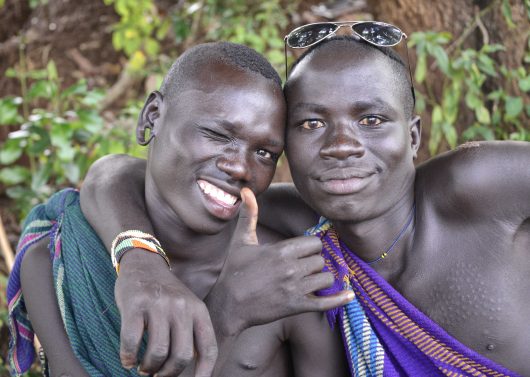
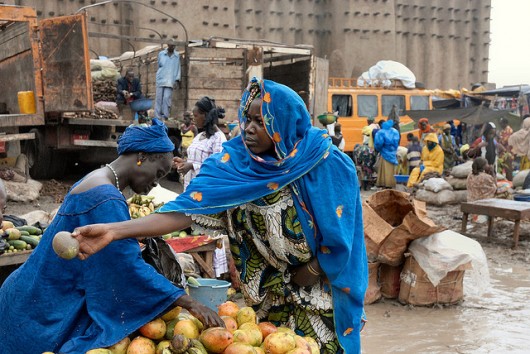
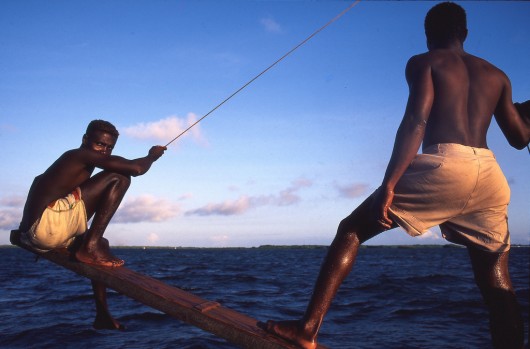
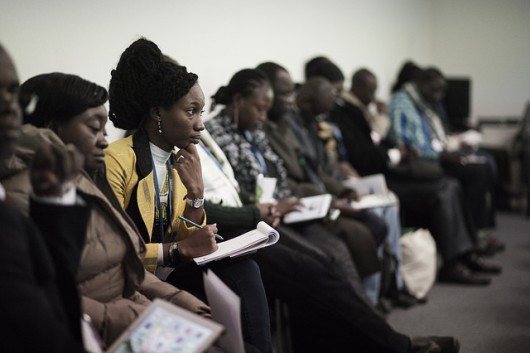

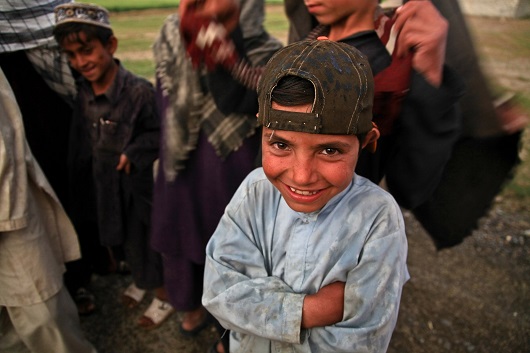 In the year 2000, world leaders agreed upon the
In the year 2000, world leaders agreed upon the 